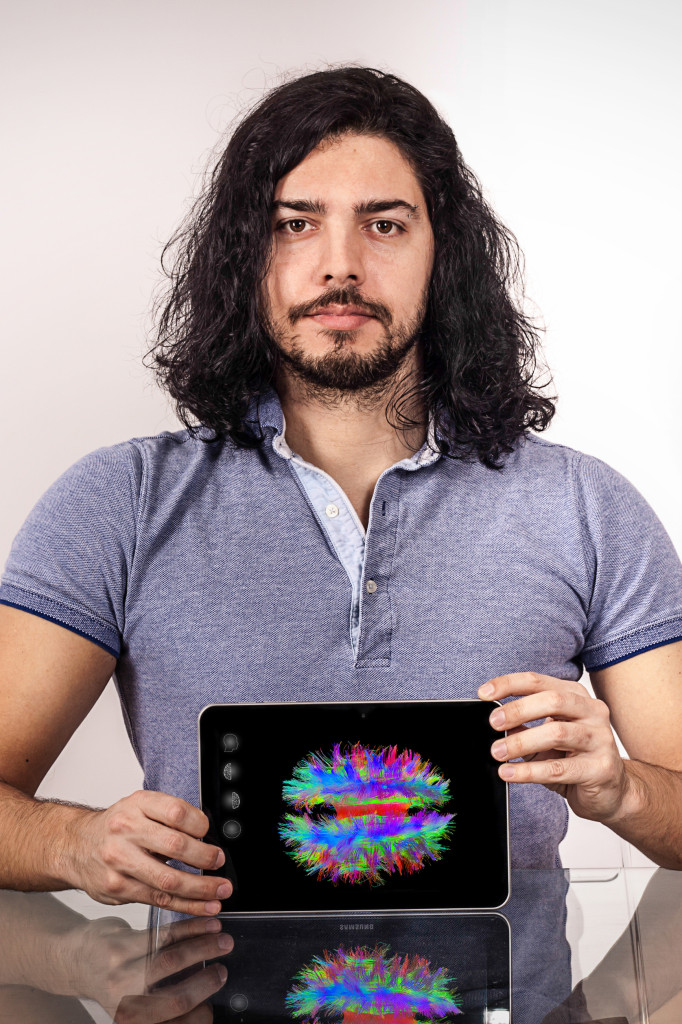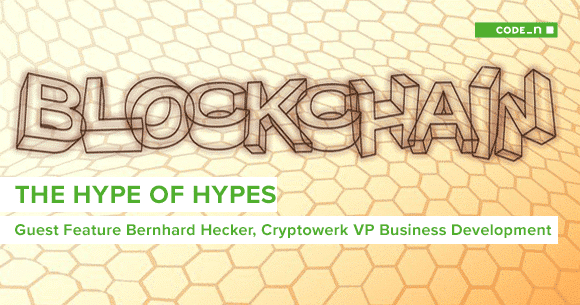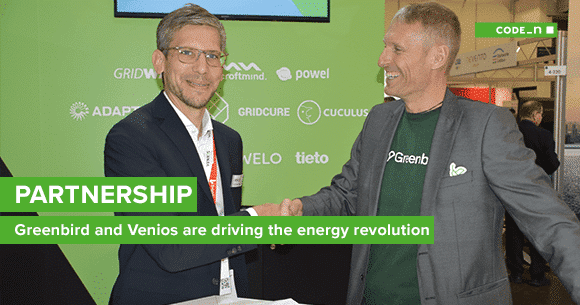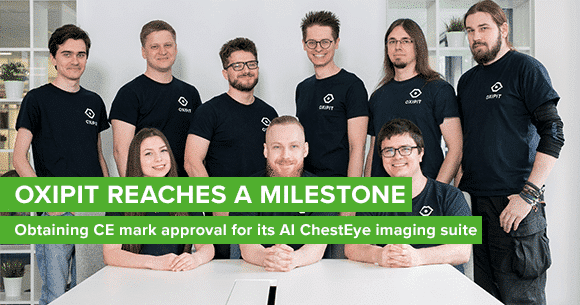The Google Maps for the brain – Meet CODE_n finalist Mint Labs

Paulo Rodrigues is the CEO of Mint Labs
Mint Labs is a startup from Barcelona that uses Big Data to help doctors provide a better diagnostic and treatment for patients with brain diseases, creating complex 3D maps. They are one of the 50 CODE_n finalists that will be on March at the CeBIT talking about their visualization and image manipulation platform.
In today’s interview we talk to their CEO, Paulo Rodrigues, about Mint Labs’ trajectory and its intersection between Big Data and science.
How and when was Mint Labs created?
We have been working together for more than 7 years. We met in the Netherlands, where we were doing our PhDs in neuroimaging. We were developing our new brain analysis algorithms with a software program, with the goal of providing it to our medical collaborators. But we realized that there was an important gap. The tools were too complex, with complicated interfaces, and high computational needs.
That was the beginning of Mint Labs. We then moved to Barcelona in 2011, working in important research institutions, and we started shaping the business idea and the business plan. We entered the Wayra academy in 2013, when Mint Labs officially started.
Could you briefly explain your project to us?
We build Google Maps for the brain. We use advanced MRI technology capable of capturing microstructural properties of the brain tissue to provide detailed 3D maps of the brain. Our tools evaluate the structural condition of the nerve fibers affected by a given neurodegenerative disease (multiple sclerosis, Parkinson’s, Alzheimer’s, among others). And all of this is provided in our brain imaging analysis platform on the cloud.
How can big data benefit science and/or medicine?
Neurodegenerative diseases are still diagnosed according to clinical scales, based on behavioral problems and the inner anguish they cause. Human brain imaging research shows that these conditions are multifaceted, with different symptoms that can be traced to different networks of brain regions.
Moreover, the diagnosis is often made several years into the disease. More can be done from current images and current equipment by collecting and integrating the different information, the different brain data.
What are your expectations for CODE_n and CEBIT?
CODE_n at CEBIT will be a fantastic event. A great chance to meet other creative minds that share the same vision of changing the world. And of course, very curious to see some huge brains!





Write a comment